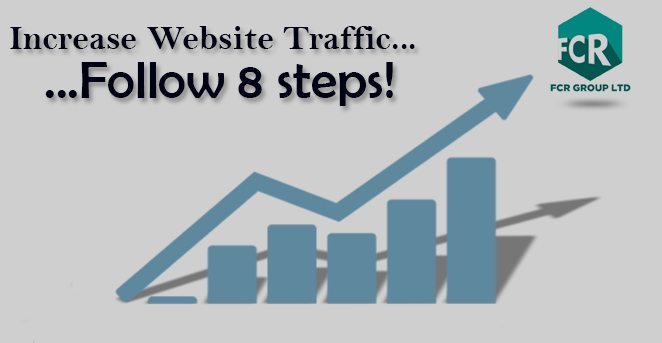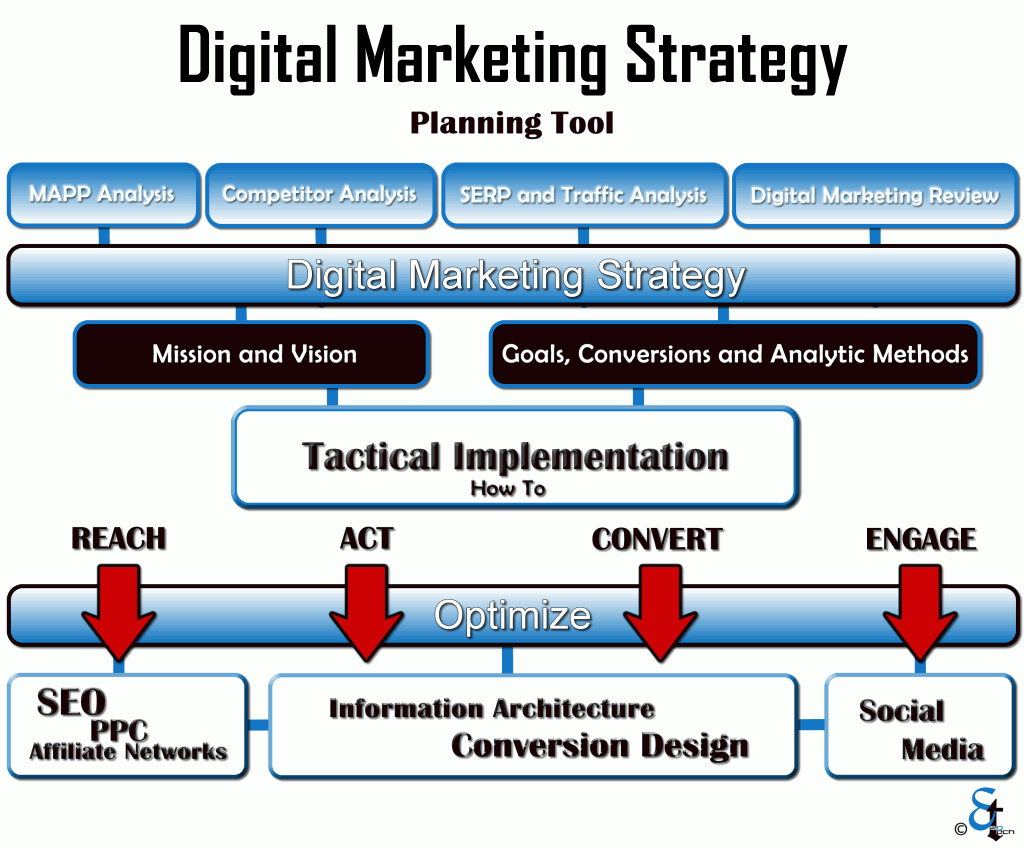Online Marketing Made Simple: A Step-by-Step Guide
With the share of people spending time on electronic devices is going up, offline marketing is going down. The advent of electronic devices has lead online marketing to become an investment in a business. As can be inferred from the name, online marketing is essentially promoting a business online. The fact that, “The internet is transforming the way people buy products and services” is truer today than ever. Keeping this in mind, people are promoting their business online in a variety of areas like video, blogs, e-mail, social media and many more.
The standard marketing strategies have taken a backseat to its online counterpart. Nowadays, we don’t pay much heed to the road-side billboards as we are busy on our devices. Even if we catch sight of some of them while driving, their impression doesn’t lasts long. As the electronic giants, Apple and Google are working on self-driving cars, soon we’ll miss those advertisements on road-side and next to bus-stops. Google local, where people can easily locate pictures and reviews of the business, has replaced the Yellow pages. It is high time for the ones owning a printing press, to look for some alternate business.
![]()
Before buying any product in the market, people compare its price online, if they find some exciting deals online, they go for it. Online marketing is a very vast subject. The main classification of online marketing are-
Search Engine Marketing (SEM)
It is an umbrella term that refers to the task of driving traffic and attaining visibility from a search engine through paid advertisements. SEM is basically buying traffic through paid search activities like search ads, shopping ads, display and banner ads, in-app ads, social media ads, retargeting and remarketing ads, mobile ads, etc. Paid search advertisements focus on investing in precise ads to achieve eminent positions on search engine result pages.
Search Engine Optimization (SEO)
SEO is a framework which is followed by website owners to reform their websites for search engines, thereby improving search engine rankings. Basically, it is a set of rules that help in driving traffic to your website through unpaid or free listings. SEO can be on-page as well as off-page. On-page SEO consists of activities like keyword optimization, content creation, social media integration, etc. Off-page SEO consists of activities like link building.
Content Marketing
It is a marketing strategy which involves the creation, publishing, and sharing of content such as blogs, videos, and social media posts. Content marketing is all about delivering the right information to right audience in right time. It is a process of creating high-quality content and at the same time promoting your brand as well.
Social Media Marketing (SMM)
The use of social media platforms like Twitter, Instagram, Youtube, etc, for the promotion of a brand, a website or company’s product is nothing but Social Media Marketing. SMM is a technique that targets the social networking sites to reach customers and audience to publicise a product or services.
Pay per click (PPC) advertisement
It is basically an online advertising option that charges you per click to your website. PPC is an online marketing strategy that empowers business owners to place their ads on a website in exchange for a fee each time a user clicks on it.
Affiliate Marketing
The idea behind affiliate marketing is to promote other people’s products or websites and earning commission for it. As an affiliate marketer, you can do publicity of a product that you feel has quality and value and in return, earn revenue for it.
Email Marketing
You can build an email list and share your website or products with others. Every email sent to a potential customer comes under email marketing. The email you write must be attractive enough and cleverly drafted to drive more audience.
These were some strategies that cover online marketing. We looked at three types of media that are broadly used in online marketing – paid, owned and earned. All these together, build the foundation of online marketing. As change is a part of life, so, we must change old-school marketing techniques and look forward to the latest marketing techniques, to make our business successful.
Recommended article :
- The complete guide to Optimizing SEO Article
- On page SEO checklist
- Off-page SEO activities
- Steps to Increase Website Traffic





